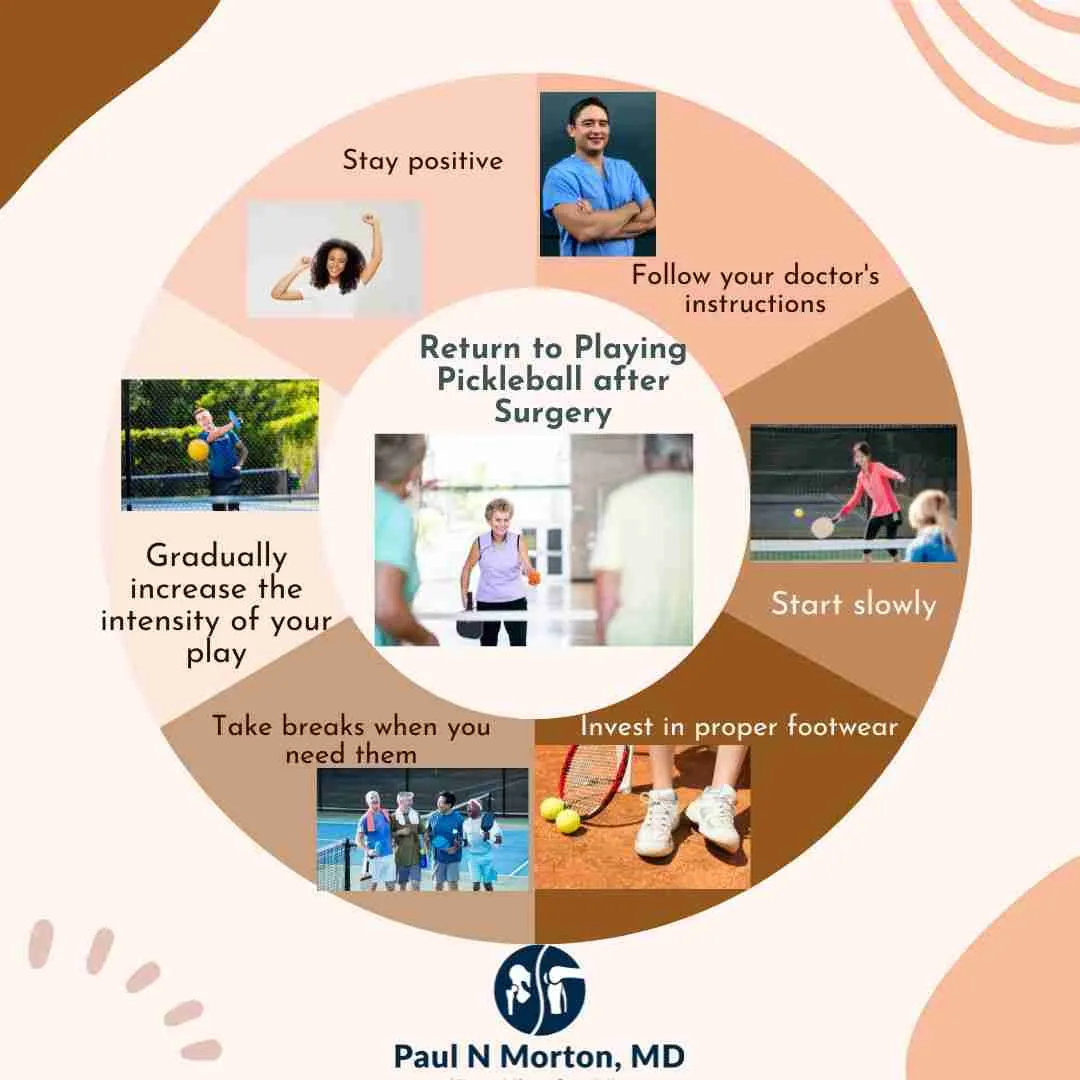[toc]
What is Pickleball?
Pickleball is a fun and exciting sport enjoyed by people of all ages. Its simple rules and low-impact nature make it an excellent option for people who want to stay active and have fun with friends. The game is played with paddles and a perforated plastic ball and can be played on various surfaces, including outdoor courts, indoor courts, and even on grass.
Pickleball was invented in 1965 on Bainbridge Island, Washington by Joel Pritchard, Bill Bell, and Barney McCallum. The three fathers were looking for a new summer activity for their family and came up with the game as a combination of badminton, tennis, and table tennis. They used a modified badminton court and created the rules and equipment for the game.
Pickleball initially gained popularity in the Pacific Northwest region of the United States, but it has since spread to other parts of the country and internationally. It is now played in all 50 states and countries around the world.
One of the great things about pickleball is that it is easy to learn and can be played by people of all skill levels. Whether you’re a seasoned athlete or a beginner, you can find a way to enjoy the game and improve your skills. There are also organized tournaments and leagues for more competitive players, so there is something for everyone.
Pickleball Rules
The rules of pickleball are relatively simple and easy to learn. Here is a brief overview of the basic rules of the game:
- The court: Pickleball is played on a badminton-sized court that is 20 feet wide and 44 feet long. The net is lowered to a height of 36 inches at the sidelines and 34 inches in the middle. The court is striped like a tennis court, with right and left service courts and a 7-foot non-volley zone in front of the net (referred to as the “kitchen”).
- The ball: Pickleball is played with a perforated plastic ball similar to a whiffle ball. The ball is hit with paddles similar to oversized ping pong paddles.
- The serve: Players serve the ball diagonally across the court, starting with the right service court. The serve must be underhand and must clear the net. The server must also stay within the service court until the ball is served.
- The return: The receiving team must let the ball bounce before returning it over the net. If the ball is hit in the air (a “volley”), it must be hit from outside the non-volley zone (the kitchen).
- Scoring: Points are scored when a player or team fails to return the ball. The serving team scores a point if the receiving team fails to return the ball, and the receiving team scores a point if the serving team fails to return the ball.
- Gameplay: Pickleball can be played as singles (one player on each side of the court) or doubles (two players on each side). The first team to reach 11 points wins the game if they have a two-point lead. If the score is tied at 10-10, the game continues until one team has a two-point lead.
These are the basic rules of pickleball, but there are more detailed rules that govern play. You can refer to the USA Pickleball Association’s official rulebook for a complete set of rules.
Returning to Pickleball after Hip or Knee Replacement
The first year after a knee replacement can be challenging. It’s a time of recovery, rehabilitation, and a time to get back to the activities you love. If pickleball is one of those activities, it’s important to approach your return to the sport with caution and a gradual progression.
During the first few months after your surgery, you’ll likely be focused on physical therapy and getting your strength and range of motion back. Your therapist can guide you on when it’s safe to start incorporating pickleball into your exercise routine. It’s important to follow their recommendations and not push yourself too hard too soon.
As you progress through your recovery, you may be able to start playing pickleball in a more structured way. This might involve drills and exercises to help improve your technique and endurance. You may also be able to start playing casual games with friends or in organized pickleball leagues. Most patients can return to pickleball within 3 to 6 months after surgery, but it can take up to a year to regain enough strength and balance to feel comfortable.
It’s important to remember that every person’s recovery is different, so it’s okay to take it slow and listen to your body. Don’t be afraid to take breaks or reduce the intensity of your play if you start to feel tired or sore.
Overall, the first year after a knee replacement is a time of progress and accomplishment. As you work towards returning to pickleball and other activities, be patient with yourself and celebrate your achievements along the way. With determination and the right approach, you can return to enjoying the game you love.
Here are some Tips for Returning to Playing Pickleball after Surgery
- Follow your doctor’s instructions: It’s important to follow your doctor’s recommendations for recovery and rehabilitation. This will likely include physical therapy to strengthen your muscles and improve your range of motion. Your therapist can guide you on when it’s safe to return to activities like pickleball.
- Start slowly: Don’t jump back into playing at your pre-injury level immediately. Begin with lighter drills and gradually increase your intensity and duration as you build your strength and endurance.
- Invest in proper footwear and support: Pickleball can put a lot of strain on your joints, so it’s important to protect yourself. Look for shoes with good cushioning and stability, and consider using a knee brace or wrap for added support.
- Take breaks when you need them: It’s okay to take it slow and listen to your body. It’s better to take a break and come back stronger than to push yourself too hard and risk further injury.
- Gradually increase the intensity of your play: As you build up your strength and endurance, you can gradually increase the intensity of your pickleball play. This might involve playing more challenging drills, playing longer games, or joining organized leagues.
- Stay positive: Returning to playing pickleball after an injury or surgery can be challenging, but staying positive and focusing on your progress is important. Celebrate your achievements along the way, and be patient with yourself.





